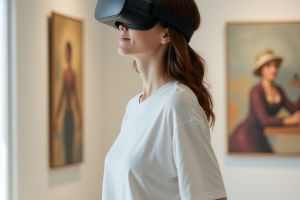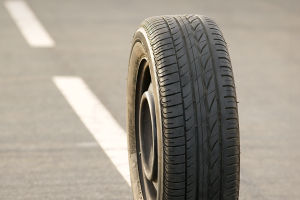GPS is one of those technologies that Lykkers use every day without even thinking about it. It’s inside phones, cars, delivery apps, and even fitness trackers—quietly working behind the scenes to make life smoother and more connected.
But how does it actually work? What makes it so accurate, and why is it such a trusted tool across so many areas of life?
This guide breaks it all down in a simple, friendly, and clear way. By the end, the mystery behind those little blue location dots will be solved, and the science behind GPS will feel surprisingly easy to understand.
Understanding the Basics
What GPS Really Is
GPS, short for Global Positioning System, is a satellite-based navigation system that allows users to determine their exact location on Earth. It consists of 31 satellites orbiting the planet, transmitting data that helps pinpoint positions with impressive accuracy.
Though originally created for specialized purposes, GPS is now an everyday tool found in phones, cars, smartwatches, and other devices.
Why GPS Is Everywhere
From checking routes on a smartphone to tracking deliveries, GPS supports many aspects of modern life. It helps users find directions, share locations, monitor fleets, guide emergency teams, and power mapping apps. Many tools used daily rely on GPS data to function correctly.
How GPS Pinpoints Location
The Role of Satellites
The 31 satellites that make up the system move in precise paths around the Earth. They continuously send signals containing the time and their exact location. These signals travel at the speed of light and are picked up by receivers on the ground.
The Power of Triangulation
To determine a location, a GPS receiver—like the one inside a smartphone—must connect to at least four satellites. By comparing the time it takes for signals from each satellite to reach the device, the receiver calculates how far away it is from each one. With that distance data, the receiver can then determine its precise position on the Earth's surface.
Three Key Components
GPS operates using a trio of elements: the satellites in space, ground-based control stations, and the receivers found in user devices. Satellites send signals, control stations monitor and adjust the satellites, and receivers process the data to determine a location. This teamwork enables accurate, real-time tracking across the globe.
GPS in Everyday Use
Smart Devices and Navigation
Phones, car navigation systems, and wearable trackers rely on built-in GPS receivers. These receivers work silently in the background, collecting satellite data and calculating positions. This makes it possible to find directions, share location in messages, and even check in on social media.
Helping in Emergencies
Location sharing features help guide first responders during emergencies. GPS data is also used by apps to offer nearby services, suggest faster routes, and avoid traffic problems.
Beyond Maps and Routes
GPS technology supports farming, logistics, scientific research, wildlife monitoring, and construction. It helps guide machinery with precision, track animals across landscapes, and collect environmental data. Its ability to offer reliable positioning has made it a key tool in multiple fields.
Curious Facts About GPS
Global Cooperation
Although GPS is the most widely used system, there are others as well. Countries around the world have developed similar networks, creating a more stable and precise global navigation framework when combined.
Modern devices often use signals from several systems to improve accuracy.
More Than Just Navigation
GPS isn’t just about directions. It helps smartphones adjust time settings automatically, allows banking systems to log transactions correctly, and keeps communication networks in sync.
Works in Any Weather
The system functions under all weather conditions, day or night, almost anywhere on Earth. This makes it incredibly dependable for outdoor activities and professional operations alike.
Conclusion
GPS has become an essential part of daily life for Lykkers and people around the world. Thanks to a well-coordinated system of satellites, control stations, and receivers, it's possible to locate objects, follow paths, and gather data with extraordinary precision.
Whether it’s guiding a hike or tracking a package, this technology quietly powers many of the tools relied on each day. And while it may operate behind the scenes, its impact is nothing short of remarkable.


